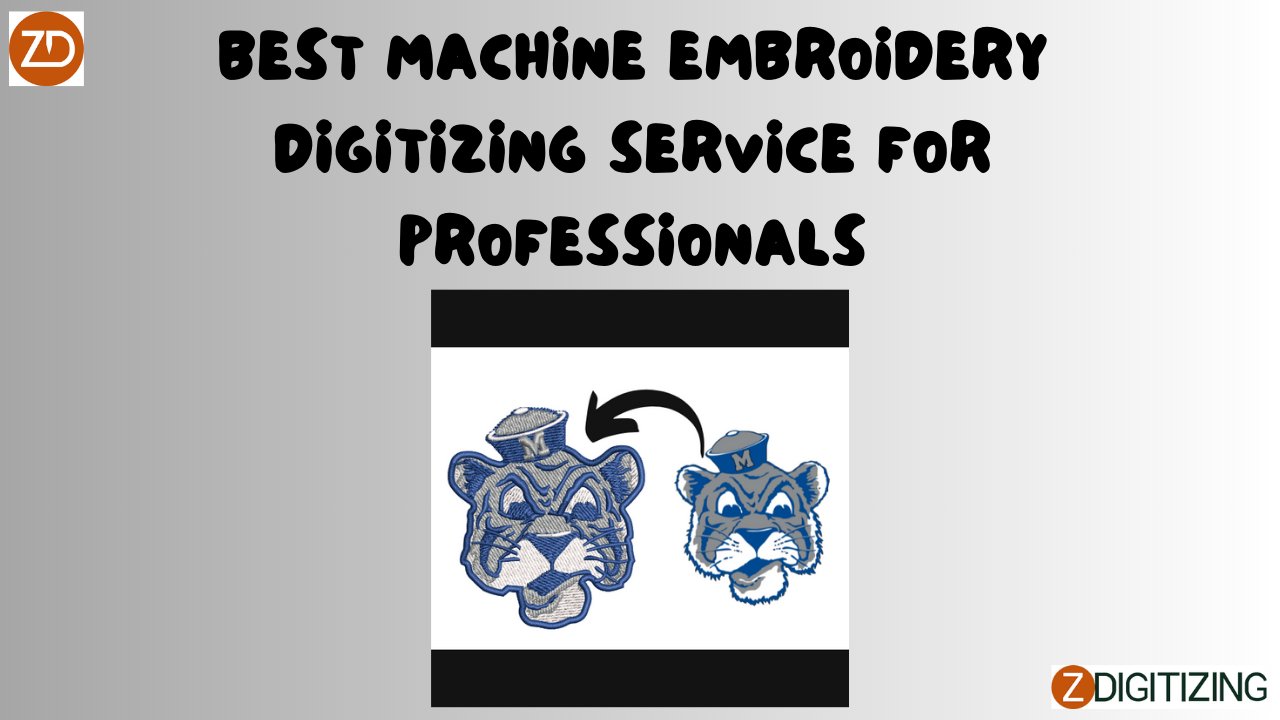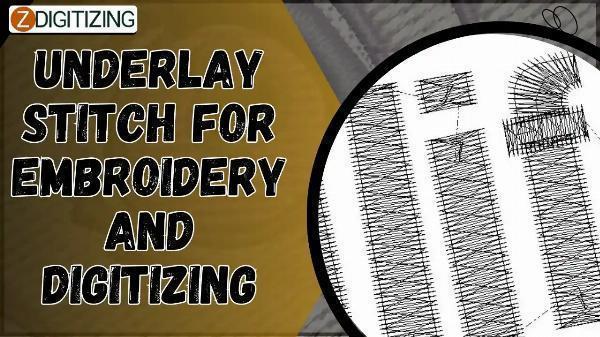 Schema + Rich Snippets – Dominate Search with Visual Results!
Schema + Rich Snippets – Dominate Search with Visual Results!
The Evolution of Digitization for Embroidery: From Manual to Digital
Written by zdigitizinga » Updated on: June 17th, 2025

Embroidery has a rich history, dating back centuries when artisans painstakingly crafted designs by hand. Today, the process has undergone a dramatic transformation, thanks to advancements in technology. Digitization for embroidery has revolutionized the industry, enabling intricate designs to be executed with precision and efficiency. In this article, we’ll explore the journey of embroidery from manual techniques to the digital age, highlighting the role of embroidery digitizing services in the USA in shaping this evolution.
The Early Days: Manual Embroidery Techniques
Before the advent of machines, embroidery was a labor-intensive craft. Artists used needles and thread to create designs on fabric, relying solely on their skill and patience. While these hand-made creations were undoubtedly beautiful, they were time-consuming and prone to inconsistencies.
Key Challenges in Manual Embroidery
Time-Intensive: Each design took hours or even days to complete.
Inconsistencies: Even the most skilled artisans struggled to replicate designs perfectly.
Limited Complexity: Highly detailed designs were difficult to achieve.
Despite these challenges, manual embroidery laid the foundation for what would become a highly innovative industry.
The Industrial Revolution: Birth of Machine Embroidery
The Industrial Revolution marked a turning point for embroidery. The introduction of mechanized embroidery machines in the 19th century allowed for faster production and more consistent results. These machines operated using punch cards, a precursor to modern computer systems.
Benefits of Early Machine Embroidery
Faster production times
Increased design uniformity
Ability to handle bulk orders
However, these machines were limited in terms of design flexibility and required significant manual oversight.
The Digital Era: Introduction of Digitization for Embroidery
The transition from mechanical to digital embroidery began in the late 20th century. With the advent of computers and specialized software, embroidery entered a new era of precision and creativity. Digitization for embroidery involves converting a design into a digital format that can be read by modern embroidery machines.
Key Features of Digitization
Precision: Every stitch is mapped out digitally, ensuring flawless execution.
Complex Designs: Intricate patterns and gradients are now achievable.
Scalability: Designs can be resized without compromising quality.
This shift eliminated many of the limitations of manual and mechanical embroidery, setting the stage for unprecedented innovation.
How Digitization Transformed the Industry
The adoption of digitization for embroidery has had a profound impact on the industry. Here are some ways it has transformed the craft:
1. Enhanced Efficiency
Digitized designs can be executed quickly and with minimal manual intervention, allowing businesses to meet tight deadlines and handle large orders.
2. Consistent Quality
Digitization ensures that every piece produced is identical, making it ideal for branding and promotional materials.
3. Accessibility
With the rise of embroidery digitizing services in the USA, businesses and individuals can easily access professional digitization solutions without investing in expensive software or training.
The Role of Embroidery Digitizing Services in the USA
As demand for digitized embroidery grew, specialized services emerged to cater to this need. Embroidery digitizing services in the USA have become a cornerstone of the industry, offering expertise and cutting-edge technology to clients.
Why Choose Professional Digitizing Services?
Expertise: Skilled professionals ensure high-quality results.
Customization: Services can tailor designs to meet specific needs.
Cost-Effective: Outsourcing digitization saves time and reduces overhead costs.
The Benefits of Digitization for Embroidery
Digitization offers numerous advantages for both hobbyists and businesses. Let’s explore some of these benefits:
1. Precision and Accuracy
Digitized designs are executed with exacting detail, ensuring every stitch is perfectly placed.
2. Speed and Efficiency
Automation allows embroidery machines to work faster, reducing production times.
3. Design Versatility
From logos to intricate patterns, digitization makes it easy to create a wide range of designs.
4. Scalability
Digitized designs can be resized or modified without losing quality.
5. Cost Savings
By reducing errors and waste, digitization helps lower production costs.
Challenges in the Digital Age
While digitization has revolutionized embroidery, it’s not without its challenges. Some of the most common issues include:
1. Software Learning Curve
Mastering embroidery digitizing software requires training and experience.
2. File Compatibility
Not all embroidery machines support every file format, making it essential to choose the right one.
3. Quality Control
Even with digitization, ensuring high-quality output requires careful oversight.
These challenges highlight the importance of working with experienced professionals or trusted embroidery digitizing services in the USA.
Future Trends in Digitization for Embroidery
As technology continues to evolve, so does the potential for digitization in embroidery. Here are some exciting trends to watch:
1. AI-Powered Design Tools
Artificial intelligence is being integrated into digitizing software, enabling automated design adjustments and error detection.
2. Cloud-Based Collaboration
Cloud technology allows designers and clients to collaborate on projects in real time.
3. Sustainable Practices
Digitization is playing a key role in reducing waste, aligning with growing demand for eco-friendly production methods.
Conclusion
The journey of embroidery from manual techniques to digital processes reflects the transformative power of technology. Digitization for embroidery has not only made the craft more accessible but also elevated it to new levels of precision and creativity. With the support of professional embroidery digitizing services in usa, businesses and hobbyists alike can unlock the full potential of this innovative process.
FAQs
1. What is digitization for embroidery?
Digitization for embroidery is the process of converting artwork into a digital format that embroidery machines can read and execute.
2. Why is digitization important?
It ensures precision, efficiency, and consistency, allowing for complex designs to be executed flawlessly.
3. What are embroidery digitizing services in the USA?
These are professional services that specialize in creating digitized embroidery designs, catering to businesses and individuals alike.
4. Can digitization handle complex designs?
Yes, digitization allows for intricate patterns and gradients to be accurately reproduced.
5. How has digitization improved embroidery?
It has enhanced efficiency, reduced errors, and expanded the range of possible designs.
6. Is digitization eco-friendly?
By minimizing waste and optimizing production, digitization supports sustainable practices.
Note: IndiBlogHub features both user-submitted and editorial content. We do not verify third-party contributions. Read our Disclaimer and Privacy Policyfor details.
Copyright © 2019-2025 IndiBlogHub.com. All rights reserved. Hosted on DigitalOcean for fast, reliable performance.
















